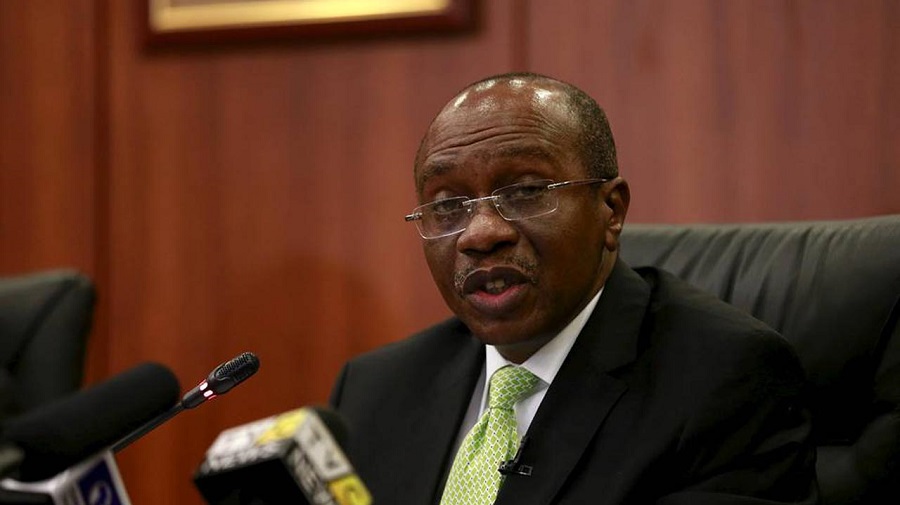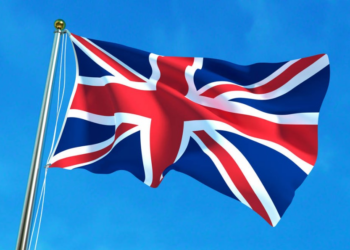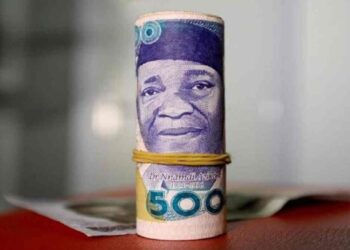The Central Bank of Nigeria (CBN) has ordered banks in Nigeria to pay savings deposit accounts an interest rate of at least 4.2%, an increase from the 1.4% previously received.
This was contained in a circular seen by Nairametrics, dated August 15, 2022, titled “Review Of Interest Rate On Savings Deposits” and signed by Haruna B. Mustafa, Director Of Banking Supervision.
According to the apex bank, the hike in savings interest rates, which is effective from August 1, was made in light of the return to complete normalcy after taking into account the current macroeconomic conditions.
What the CBN is saying
The circular reads “It will be recalled that as part of the efforts to ameliorate the impact of the COVID 19 pandemic, the Central Bank of Nigeria reduced the minimum interest rates payable on local currency savings deposits from 30% to 10% of the Monetary Policy Rate (MPR). This was aimed at stimulating growth in the larger economy following the economic slowdown occasioned by the Pandemic.”
The apex bank noted that Nigeria has returned to economic normalcy, the bank said “following the return to full normalcy and considering the prevailing macroeconomic conditions, it has become necessary to effect an upward adjustment of the interest rate payable on local currency savings deposits.”
“Accordingly, effective August 1, 2022, the negotiable minimum interest rate on local currency savings deposits shall be 30% of MPR. This supersedes our letter dated BSD/DIR/GEN/LAB/13/052 on the subject. September 1, 2020,” the CBN said.
Context: The Monetary Policy Rate (MPR) is the rate at which the CBN lends money to banks. It is a benchmark rate for lending in the financial services sector. Savings deposit rates are default rates banks pay customers for keeping their money in the banks. MPR is currently pegged at 14% by the CBN and 30% of that is 4.2%.
What you should know
- The monetary policy rate (MPR) is an economy’s base interest rate. It serves as a benchmark for lending in the financial services industry.
- The CBN recently increased the MPR from 13% to 14% in an effort to combat inflation, which reached a 17-year high of 19.64% in July 2020.
- Savings deposit rates are the interest rates that banks charge customers for keeping their money in their accounts. An increase in the interest rate on a savings deposit is typically expected to increase savings and serve as a form of contractionary monetary policy.
- However, because inflation has surpassed all of these rates, any money saved loses purchasing power over time.




















It is a welcome development.
You might want to correct your definition of interest on deposit. Banks pay such interest to their customers not the other way around.
Yes bro